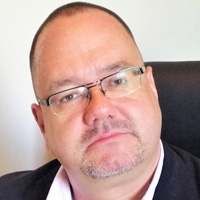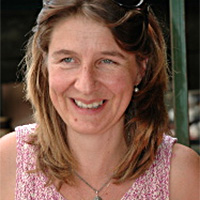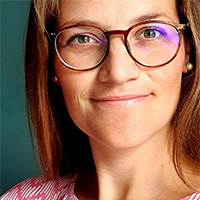13 January 18:00-20:00
Models of Lived Multiculturalism in Local Congregations
Many people immigrate to the European Union for different reasons. The immigrants want to continue to live out their faith. Either they found their own congregations, which take the cultural aspect into account. Or they join existing congregations. These would then have to deal with the aspect of multiculturalism. How do Protestant congregations in different European countries deal with this situation? Is there lived multiculturalism or do the groups of believers coexist in the congregations?

Thorsten Moritz ( CCME)
“Migration of today is the multiculturalism of tomorrow…it is an enormous challenge and an enormous change”

Pastora Anne Zell
(Chiesa evangelica valdese di Como)
“Being church together is a journey, that is not ending.”

Summary
by Mirjam Sauer (Evangelischer Bund Hessen)
Thorsten Moritz (CCME) highlighted the connection between migration and multiculturalism. He characterized the handling of this multiculturalism in Europe as one of the fundamental questions of the future of Protestantism. He called for a differentiated view of the phenomenon of migration and referred to the CCME study Mapping Migration. Mapping Churches’ Responses in Europe “Being Church Together.” The focus on Islam leads to overlooking the fact that a significant proportion of migrants are Christians and that the largest group of migrants comes from Europe.
The question of multiculturalism in ecclesiology arises in a special way for Protestantism with its national church organizational structure. In contrast, congregations of different denominations are affected by the practical challenges. In European Protestantism, this issue is particularly reflected in the southern churches, which were first confronted with the reality of extensive migration. In addition, these minority Protestant churches are significantly more changed and challenged by it than is the case in the larger churches.
The more differentiated the view of the phenomenon, the more difficult it is to find an appropriate name, as the conceptual approximations of multicultural churches, migration churches or international churches show. In any case, the self-understanding of the different churches is clearly different.
Finally, he outlined 3 tendencies in the area of multiculturalism and church. There is a coexistence of new churches and traditional churches, practical arrangements of common use of space without common celebrations and models to shape church and community life together. Especially in the latter case, many practical implementation questions about language, liturgy and theology follow.
“How we deal with interculturalism in Europe is one of the very essential questions of the future of the Protestantism in Europe” (Thorsten Moritz)
In the second part of the evening, Anne Zell, pastor in Como and member of the coordinating council of the Intercultural Theology course, presented the program Essere chiesa insieme of the Federazione delle chiese evangeliche in Italia.
With the help of this program, the church is on the way to living intercultural community. The basic question here, he said, is how can we be together and provide spiritual home through music, language, instruments and more. “It is a never-ending journey”. It is also clear: it is easier to live community as in a large apartment building, where different traditions are located in different apartments.
The idea of essere chiesa insieme, however, is to walk together on a path of change as the Church of Jesus Christ. In doing so, it is important not to neglect one’s own roots and history. The vocation to a common church does not level out differences, but consists precisely in the celebration of diversity. This process is a mutual one. On this path, the congregations see themselves as witnesses of lived diversity and against any exclusivity.
This also requires people who are qualified to shape and live this diversity professionally. That is why the synod has launched a master’s degree program in intercultural theology and diaconia. Living church together means not only dealing with intercultural challenges and problems, but also finding common theological paths.